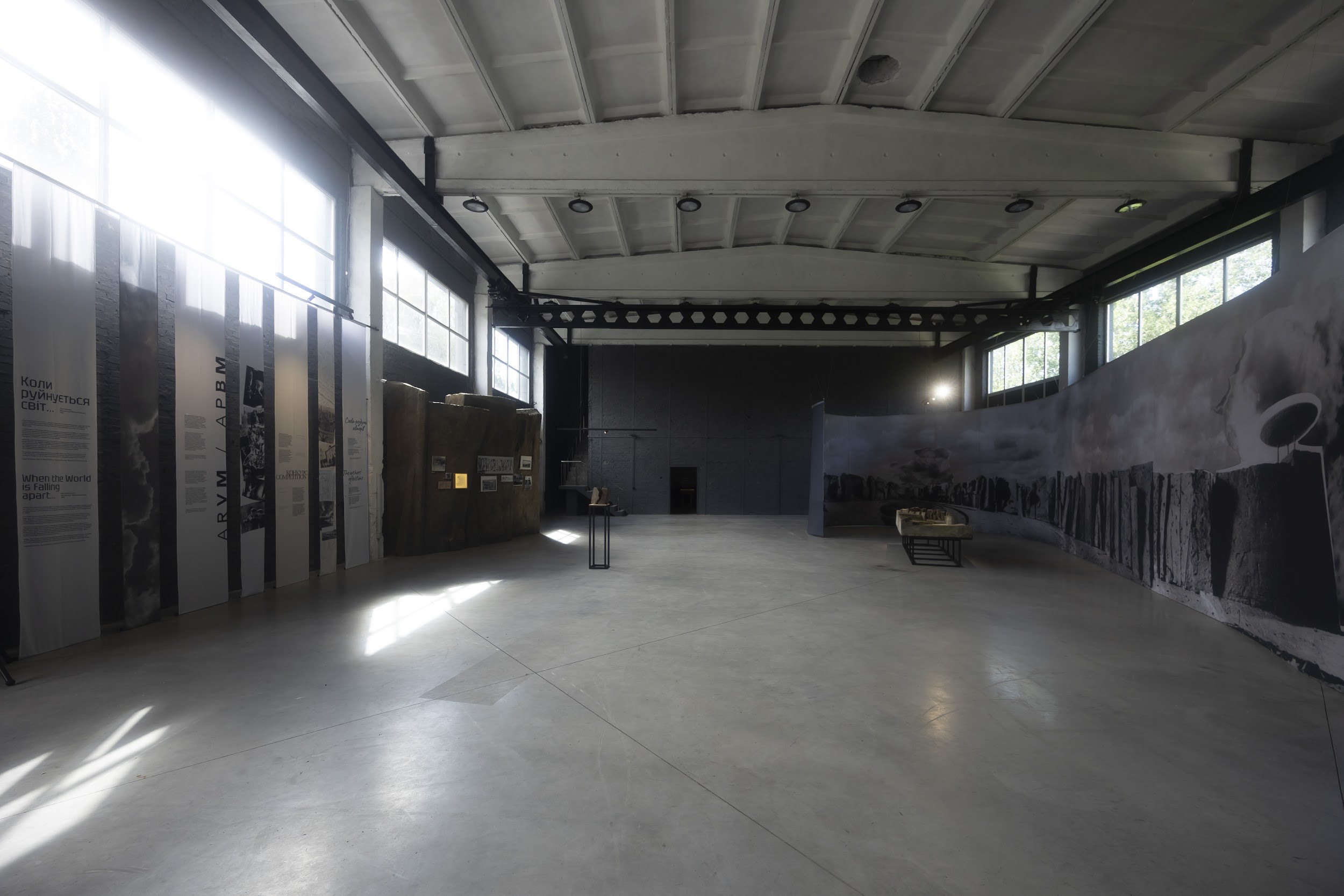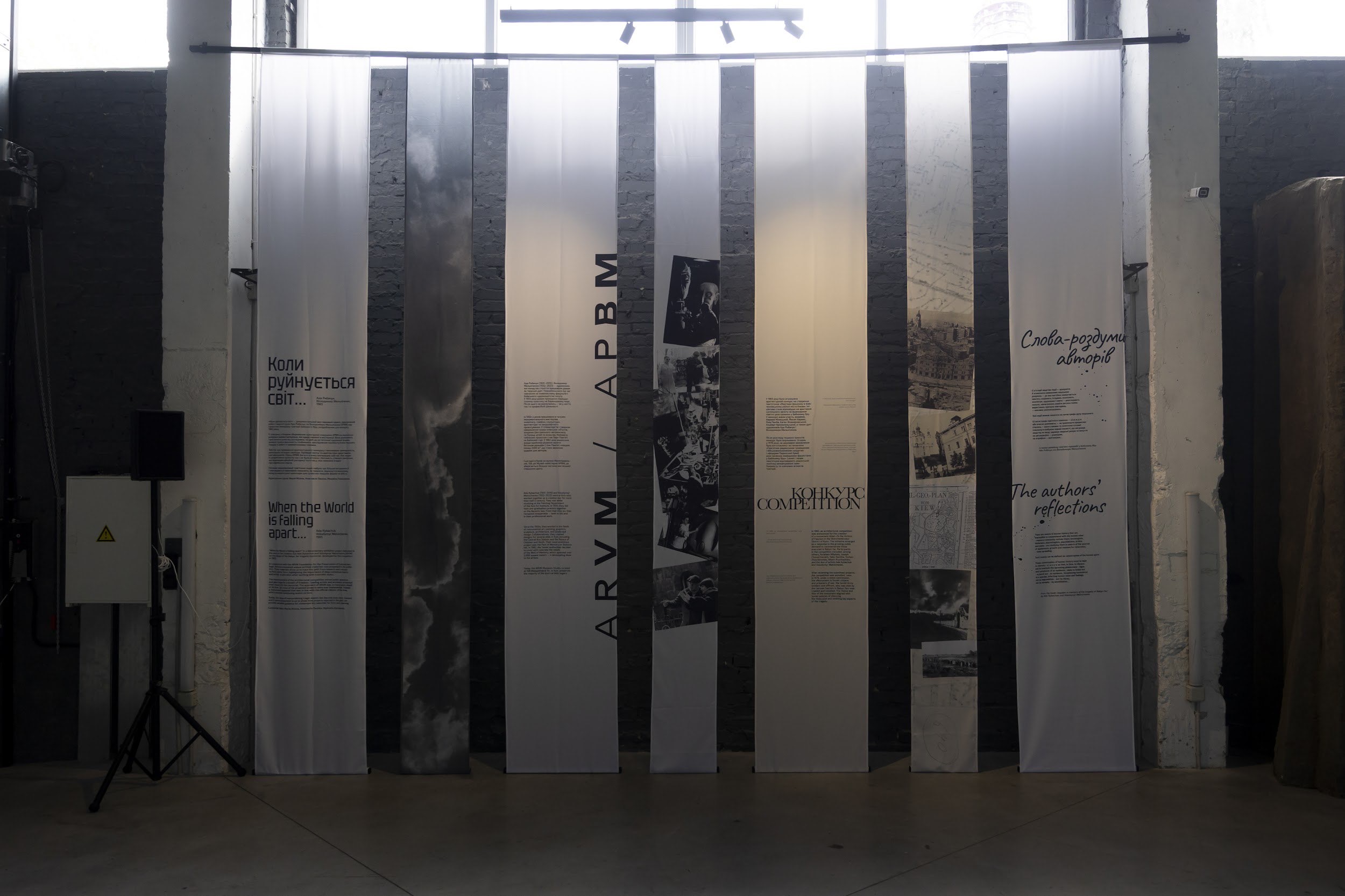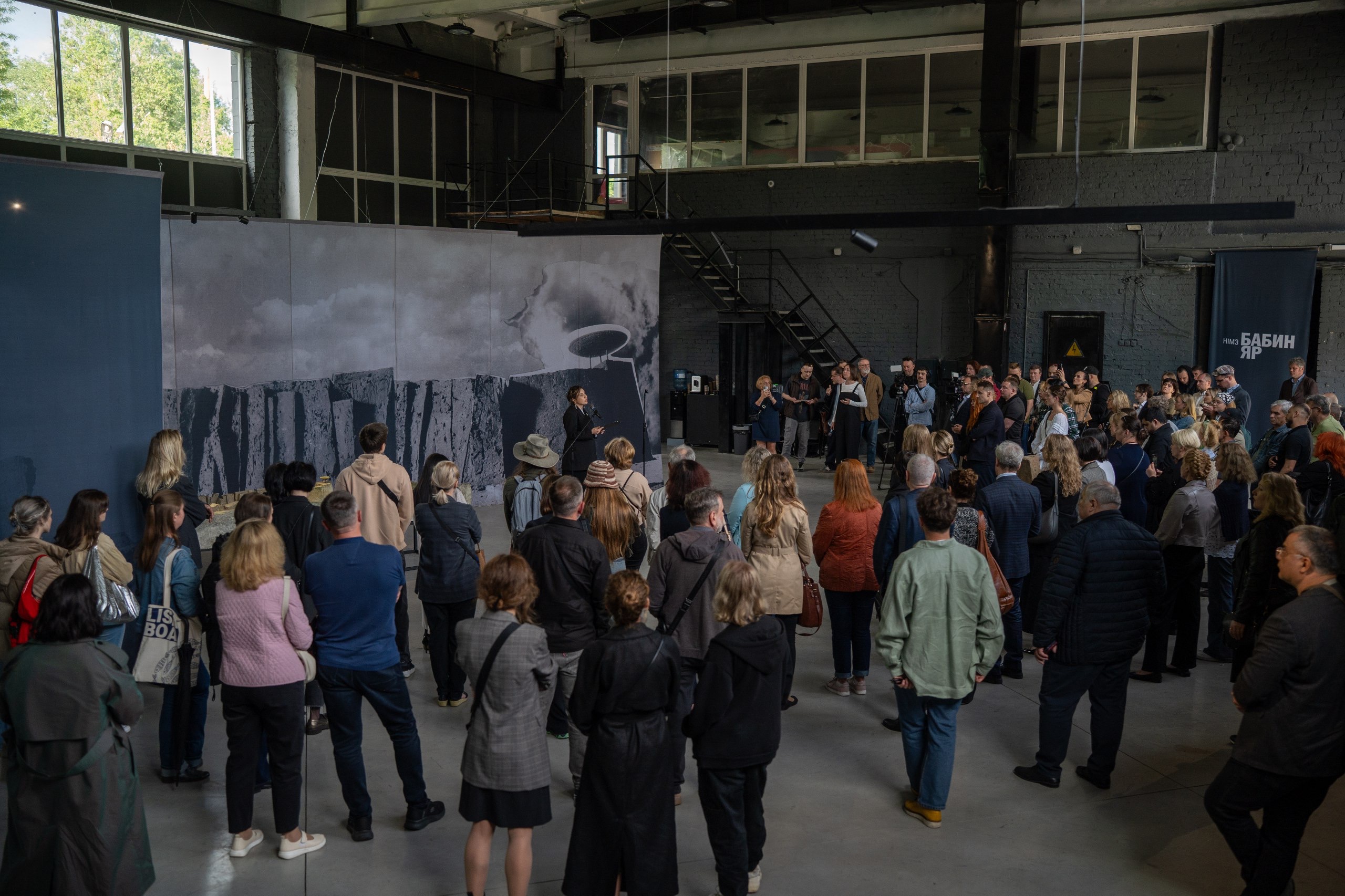
The exhibition revisits the ambitious — but ultimately unrealized — memorial project conceived by Ukrainian artists Ada Rybachuk and Volodymyr Melnichenko (ARVM) for the 1965 architectural competition dedicated to the victims of Babyn Yar.
Drawing on previously unseen archival documents, sketches, photographs, and a recently restored scale model from the ARVM Cultural Heritage Preservation Foundation, the exhibition retraces the artists’ search for a visual and emotional language capable of expressing the magnitude of the Babyn Yar tragedy. It also uncovers the Soviet regime’s systematic efforts to erase or diminish the Holocaust’s memory in public space.
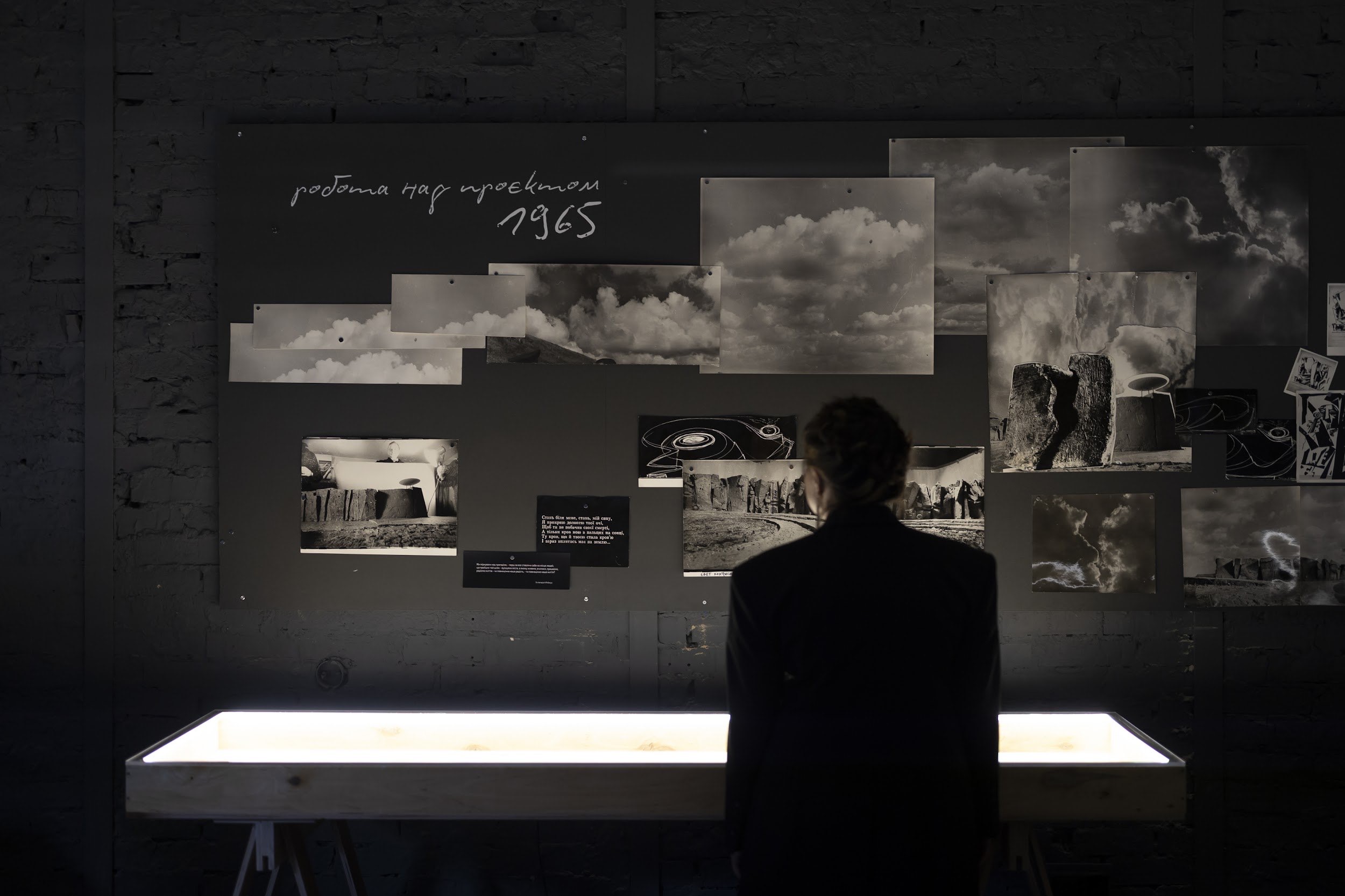
“Reclaiming our past and dismantling the myths imposed by Soviet narratives about the Holocaust is a strategic priority for the Babyn Yar National Memorial,” said Roza Tapanova, director of the Reserve. “The 1965 competition was a rare moment of hope — a chance for collective remembrance. But Soviet censorship only simulated a dialogue. In the end, the competition was canceled, and in 1976, the state installed a monument that fit its narrative, omitting any reference to Jewish victims.”

Serhiy Belyayev, Deputy Minister of Culture and Strategic Communications of Ukraine for Heritage Affairs, echoed this sentiment:
“The Soviet government rewrote history and silenced truths. This exhibition is an act of memory restoration. As it says on the facade of the exhibition center: ‘Those who do not remember are condemned to live their history again and again.’ Babyn Yar is a tragic and integral part of Ukraine’s story, and the work of this institution aligns with our national interest — to reclaim the truth about ourselves.”

The curatorial team — Maria Mizina, Anastasiia Paseka, and Mykhailo Alekseenko — spent months working with fragmentary archives, digitizing documents and restoring the original memorial model.
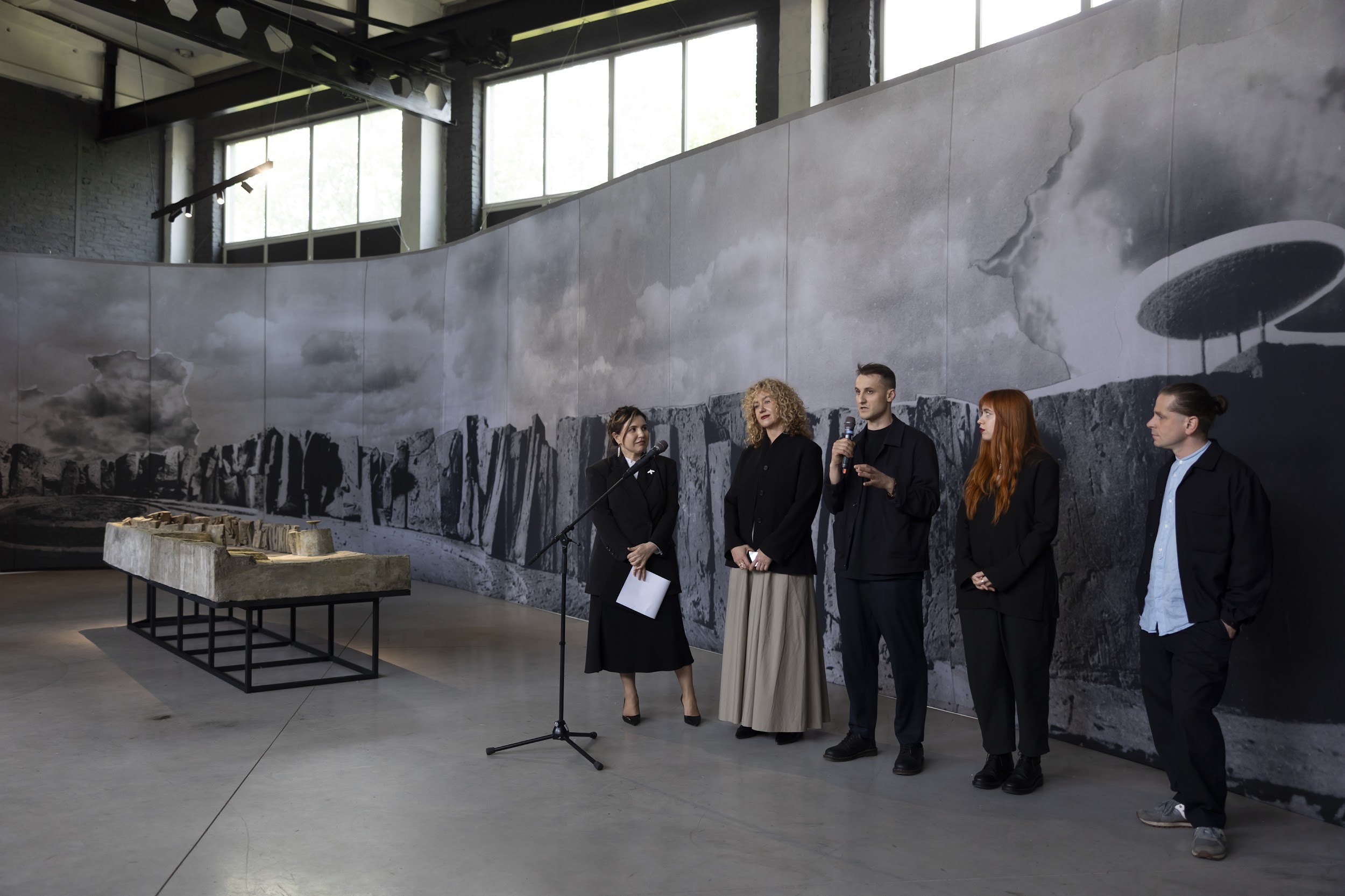
“This exhibition is the result of nearly six months of research,” Mizina said. “We collaborated closely with the ARVM Heritage Foundation and were able to digitize rare documents, restore sketches, and revive a forgotten memorial idea that was far ahead of its time.”
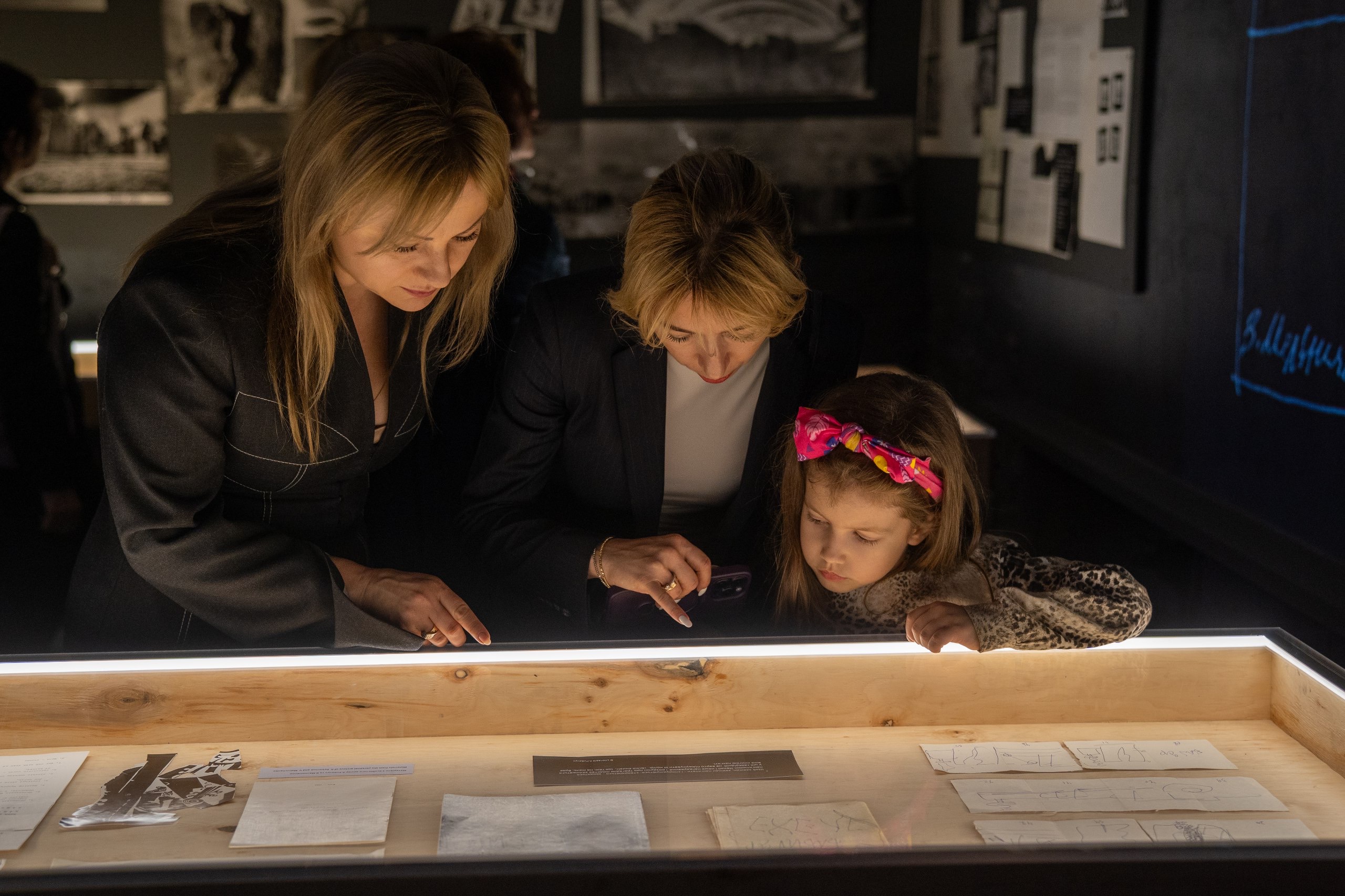
“It was important to trace how the artists themselves thought — how they arrived at their ideas, how they shaped them, and how they searched for the right language to speak about Babyn Yar,” added Alekseenko. “The exhibition reflects this inner logic — through documents, drawings, texts, and memories.”
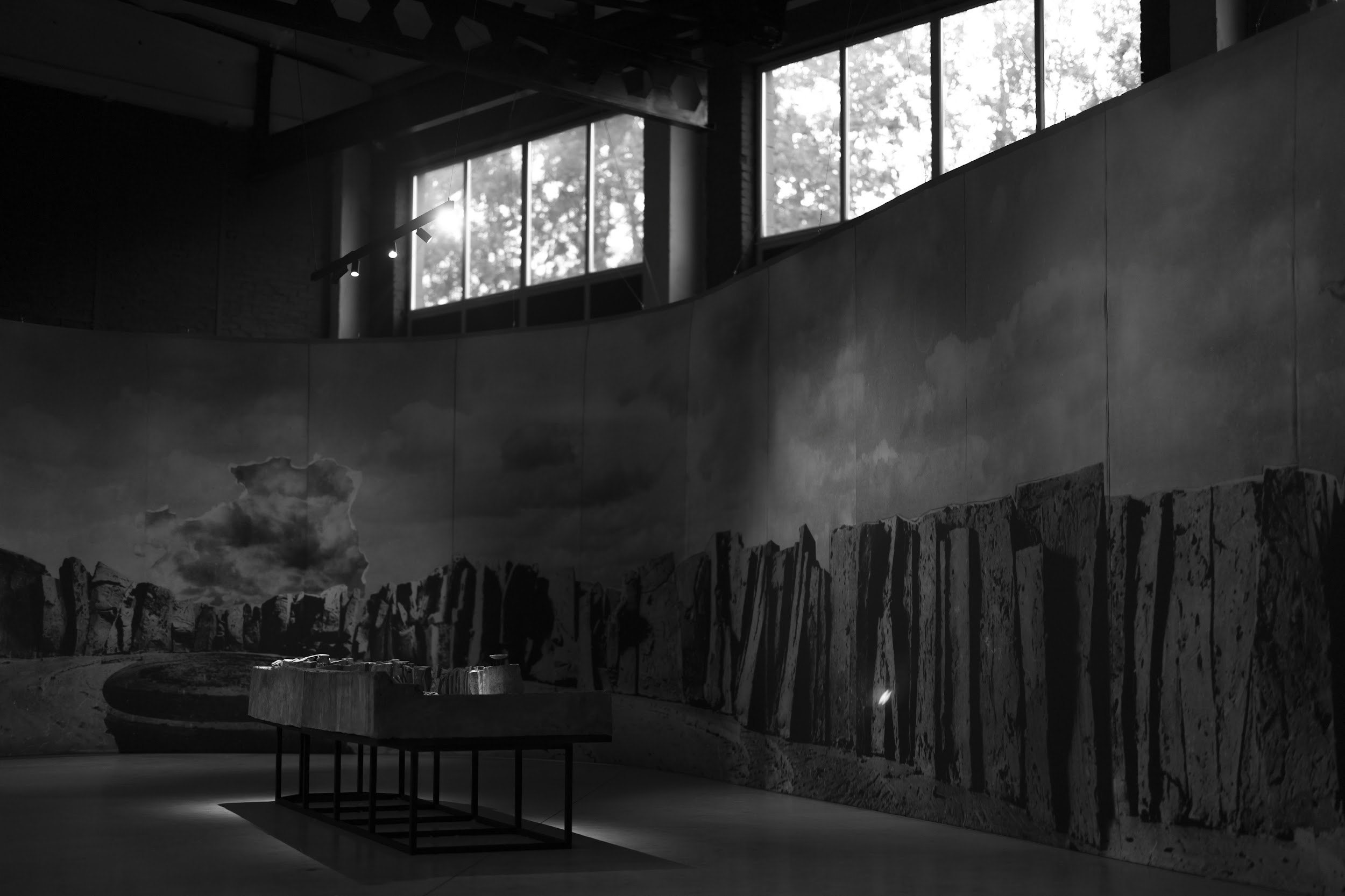
“ARVM weren’t just designing a monument — they envisioned a memorial as an experience,” emphasized Paseka. “Their approach was rooted in deep reflection on place and history. Even though their project was never realized, it offers invaluable insights into how we can reimagine remembrance today.”
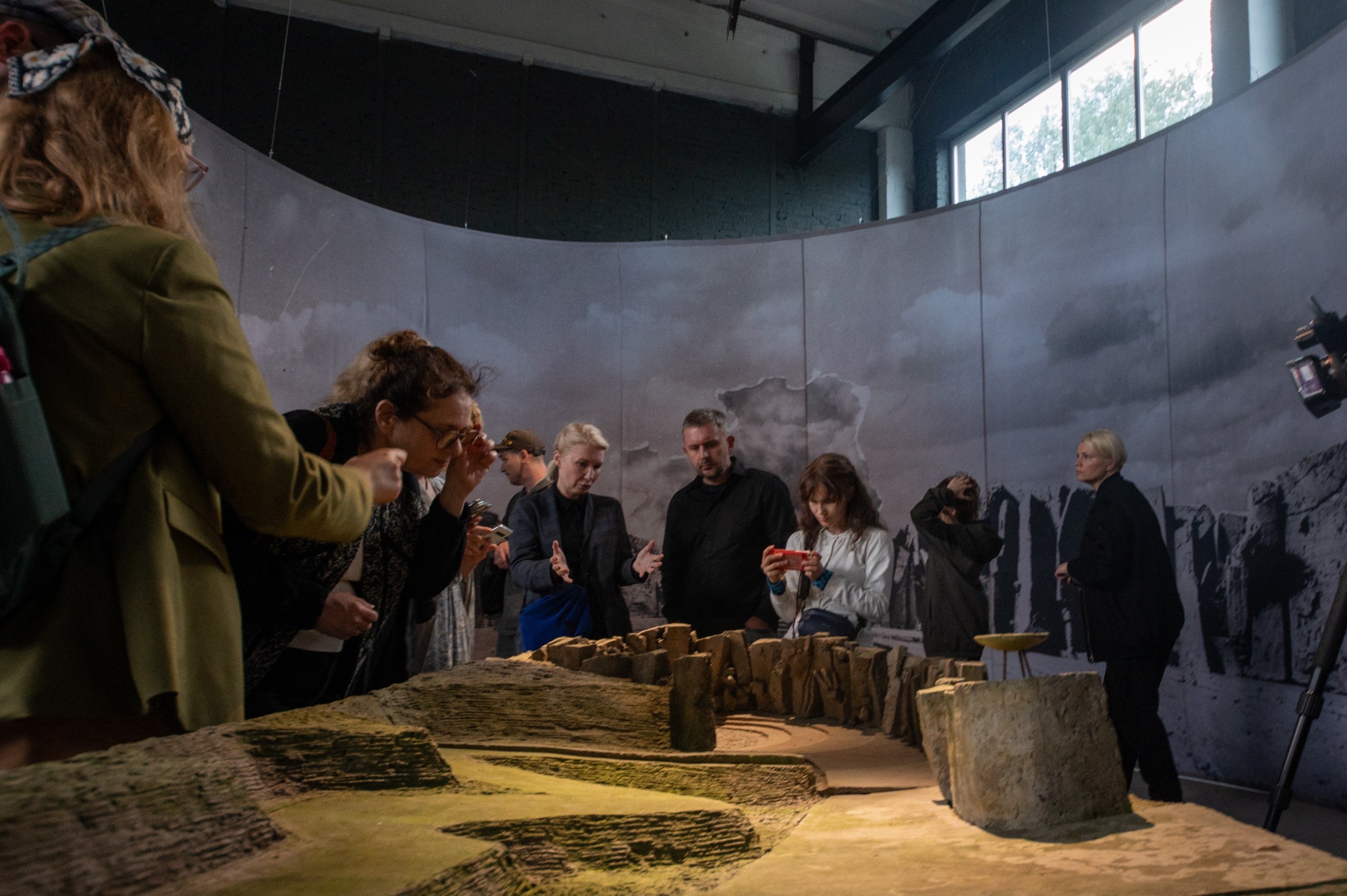
The exhibition includes a video installation by filmmaker Oleksiy Radynsky, who created a cinematic route based on the restored model of the memorial.
“We used a simple visual language — a single moving camera — to follow the memorial path envisioned by Rybachuk and Melnychenko,” Radynsky explained. “The result is an immersive journey that allows viewers to walk the space as the artists intended.”
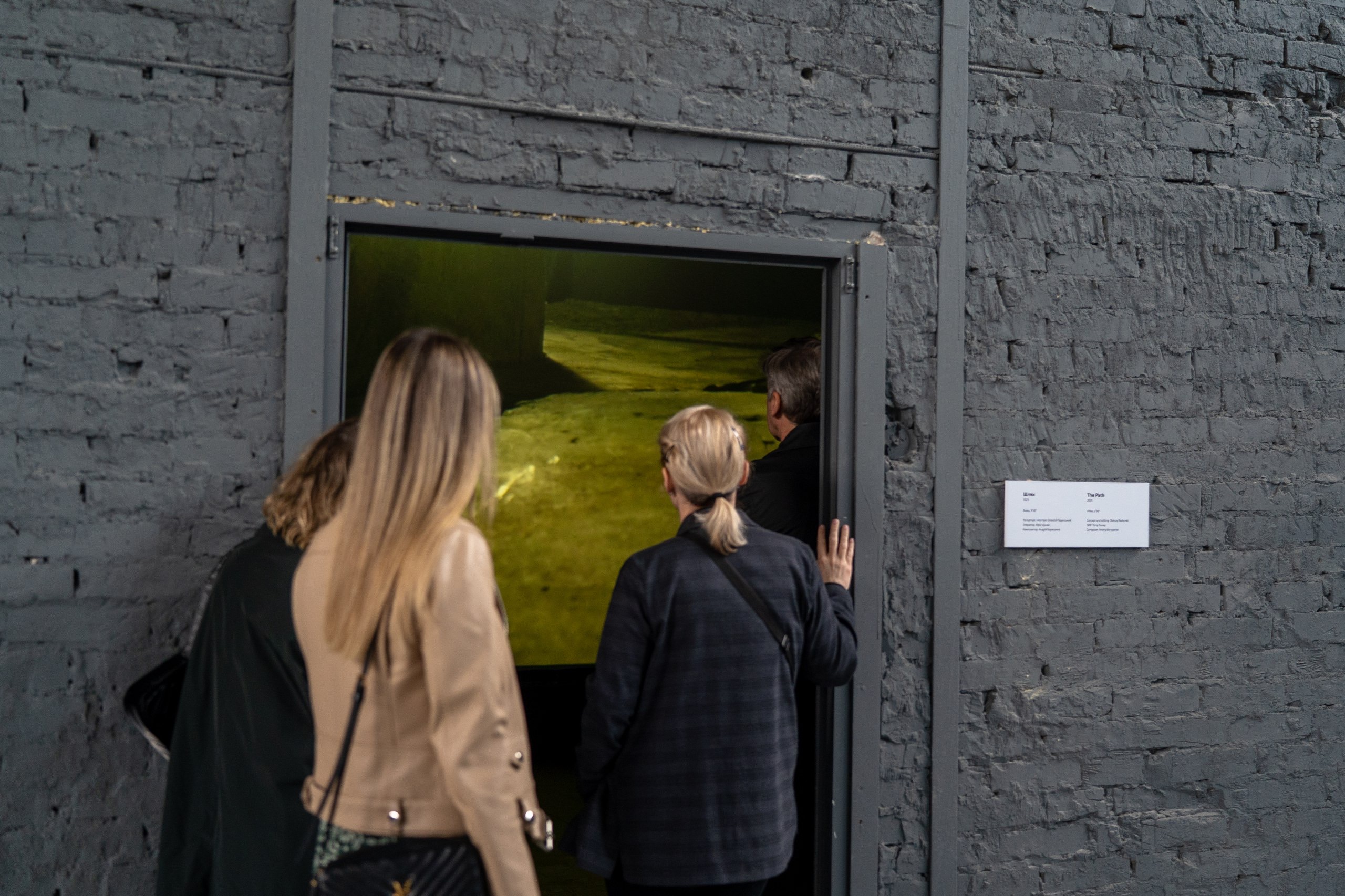
Representatives of the ARVM Cultural Heritage Foundation were also present at the opening.
Inokentiy Vyrovyi noted:
“This public presentation follows decades of neglect. But Ada and Volodymyr never doubted that their work would one day be recognized. We are grateful the Foundation could preserve and bring their efforts to light.”
Oleksandr Halinskyi, also of the Foundation, added:

“This was their first artistic engagement with memory and memorialization — a theme that would go on to define their entire creative legacy.”
